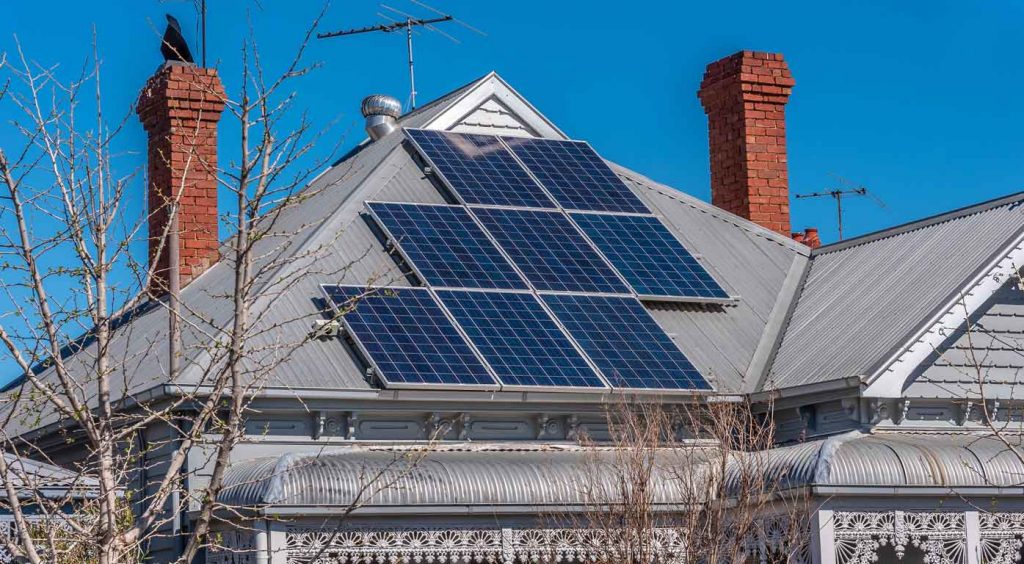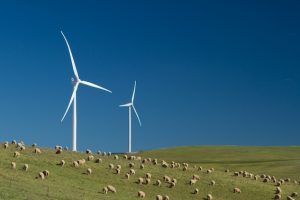Solar and wind power ahead
Solar and wind generation exceed household demand in Australia as transition gathers pace.

Solar and wind supplied more electricity than the demands of all households in 2021-22, new data has revealed.
The Australian Bureau of Statistics (ABS) has published the latest update to the Energy Account, which counts the total energy resources produced, consumed and exported by Australia.
The 2021-22 financial year is more than a year ago, but these statistics have a lag. That’s because it takes time for the statisticians at the ABS to collate, tally and analyse the figures.
Luisa Ryan, ABS head of environment statistics, said: “Continued growth in solar and wind production means that, for the first time, the output of electricity from these sectors was greater than total household demand in the same period of time”.
In other good news for the electricity transition, renewable generation from wind, solar and hydro grew by 19% in that same year.

What does this mean?
None of this is to say that the grid is all renewable. Coal and gas still make up their share of Australia’s electricity mix.
What the statistics do say is that the portion of electricity generated by wind and solar were greater than the portion consumed by Australia’s nearly 10 million households.
CEO of the Clean Energy Council, Australia’s peak body for the renewables industry, Kane Thornton, welcomed the news.
“These results are a milestone in Australia’s journey to a future powered by the growth of cheap and abundant wind and solar energy resources,” Mr Thornton said.
“We live on one of the sunniest and windiest continents on Earth, and Australian households and businesses will be the ultimate beneficiaries from the continued growth of wind and solar energy.”
Industry remains biggest user of electricity
Households make up a significant share of the electricity consumed from the grid, but they aren’t the biggest users. Businesses, factories and industrial plants all use plenty of electricity.
Australia’s four aluminium smelters combined use more than 10% of the electricity from the National Electricity Market, Australia’s main grid.
ARENA CEO Darren Miller said the results underline that energy transition must extend to all of the economy.
“As COP28 kicks off in Dubai we know our energy transition is gathering pace with renewables significantly contributing to Australia’s electricity,” Mr Miller said.
“The energy account also highlights that the energy transition is about more than just the household level. Achieving Australia’s net zero goals will require helping heavy industries to slash emissions and change the way they use energy.”

ARENA is approaching this challenge with a number of measures. ARENA’s investments in solar, energy storage, and grid integration are helping to accelerate the electricity transition and build a grid with increasing shares of renewable generation.
Part of the Australian Government’s $1.9 billion Powering the Regions Fund, ITS aims to support will support the emissions reduction at existing industrial facilities in regional Australia.
Electrification to drive wind and solar
For some industrial facilities, that will mean electrifying operations, driving demand for new electricity generation. This could include installing electric furnaces or using electric heat pumps to provide process heat.
Households too, are electrifying. As more and more household switch to electric appliances and install vehicle chargers, demand for electricity is growing.
All of which will require new renewable generation, storage, and transmission on a massive scale.

ARENA